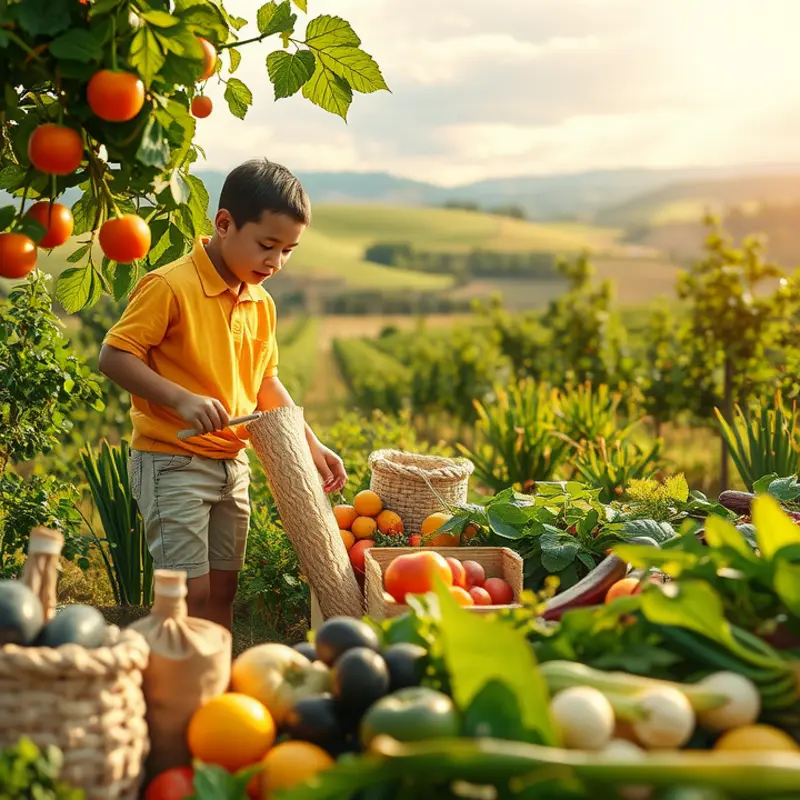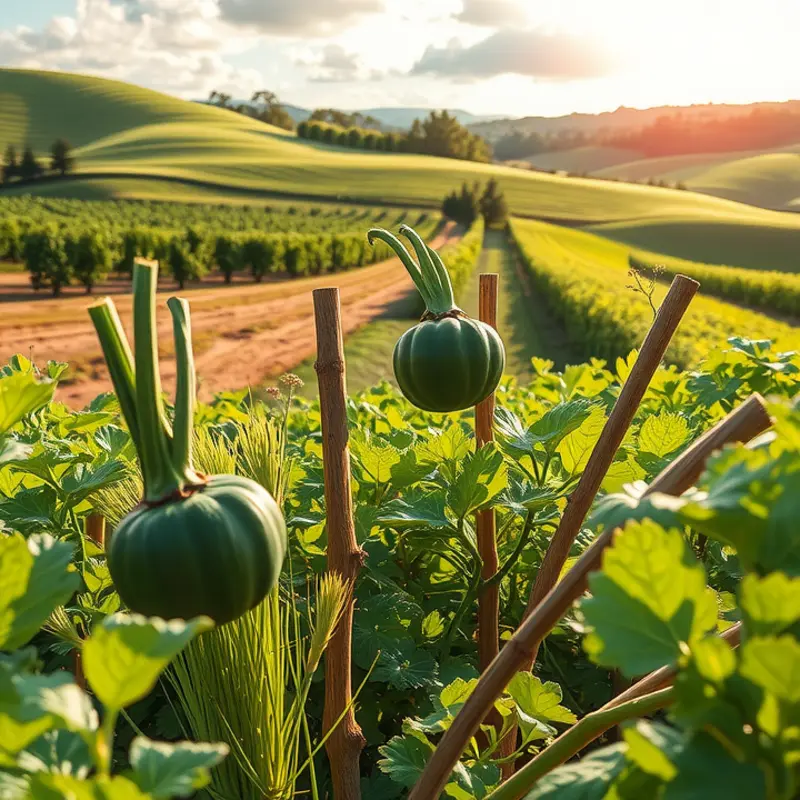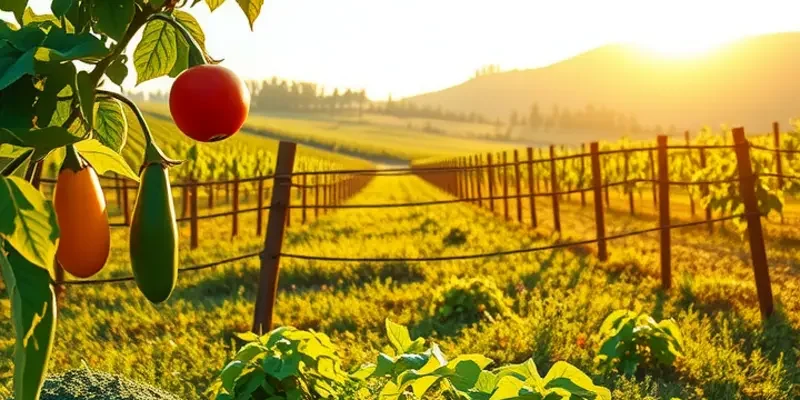Each region of the world presents a unique blend of culture, history, and geography, all of which are powerfully expressed through cooking customs. Urban and rural culinary practices reveal not just differences in ingredients but also how communities connect, celebrate, and sustain lifestyles. As food enthusiasts delve into these customs, they uncover tales of innovation and heritage that form regional identities. Get ready to explore the contrasts and similarities between urban and rural cooking traditions that make global cuisines so fascinating and diverse.
Urban Culinary Innovations: A Melting Pot of Cultures

Urban areas, vibrant with life and diversity, offer unique culinary landscapes shaped by cultural fusion. Cities serve as melting pots where traditional flavors and techniques from around the world meet, blend, and evolve into exciting, innovative dishes. This dynamic environment encourages both professional chefs and home cooks to experiment with a vast array of ingredients, reflecting the influences of globalization.
Urban culinary innovations often emerge from the seamless integration of international cuisines. The availability of diverse ingredients in local markets inspires creativity in food preparation and presentation. Many cities boast multicultural neighborhoods, each contributing its own culinary flair with exotic spices, herbs, and produce. This creates an ecosystem where new flavors are constantly explored, leading to a rich tapestry of culinary experiences.
Street food is a hallmark of urban dining, providing an authentic taste of local and international dishes. Food stalls and trucks serve up quick, flavorful meals that reflect the diverse cultural heritage of the city’s inhabitants. From Asian-inspired noodles and dumplings to Mediterranean wraps and tacos from Latin America, street food vendors constantly push the boundaries of traditional cuisine.
Local markets also play a pivotal role in shaping urban culinary innovations. These markets are hubs of fresh, seasonal produce and a variety of international products. They enable both chefs and home cooks to experiment with new recipes and cooking techniques. The bustling atmosphere of urban markets, with their vibrant colors and enticing aromas, is an inspiration in itself, sparking ideas that lead to creative culinary expressions.
The impact of globalization is not limited to ingredients alone. It also influences culinary trends, pushing for healthier, plant-based options. Many urban chefs are pioneering sustainable cooking practices by utilizing conscious ingredient sourcing and eco-friendly storage techniques. This is in line with broader trends that emphasize minimal waste and sustainability, as seen in low-waste cooking methods.
Urban areas also foster innovation in food technology. Many cities host culinary labs and incubators where chefs and food scientists experiment with new cooking methods. This includes molecular gastronomy, which focuses on the chemical transformation of ingredients during cooking. Such innovations allow chefs to deconstruct traditional dishes and rebuild them into something entirely novel, captivating the curious palates of city dwellers.
In essence, urban culinary landscapes are characterized by a continuous blending of flavors, traditions, and technologies. This dynamic fusion, driven by cultural diversity and globalization, inspires an ever-evolving gastronomic scene. With each new influence and ingredient, urban culinary practices continue to redefine the way we experience food, making cities exciting hubs of culinary creativity.
Rural Traditions: Preserving Heritage Through Time-Honored Recipes

Rural culinary traditions are a tapestry woven with history, heritage, and an intimate connection to the land. In these serene environments, cooking is more than a necessity; it is a ritual steeped in familial and cultural identity. The essence of rural cooking is deeply entrenched in the use of local agriculture, drawing flavor from the seasonal produce that flourishes in regional soils.
Family recipes are passed down like heirlooms, cherished for their ability to connect generations through taste and memory. Grandmothers teach their secrets to grandchildren, delivering more than just instructions. These recipes are stories, lessons in patience, and reminders of shared experiences. The nostalgia of a grandmother’s kitchen often lingers in each spoonful, evoking a powerful sense of belonging and continuity.
In many rural settings, the ingredients are as close to home as possible. Gardens flourish with a variety of vegetables and herbs, while orchards provide vibrant fruits. The knowledge of when to plant, harvest, and cook is a cherished skill, often synchronized with the ebb and flow of nature. This commitment to local sourcing not only ensures freshness but introduces a unique depth of flavor unmistakably linked to the land.
Regional specialties highlight the diversity of rural culinary landscapes. In some areas, the focus may be on hearty grains, while others celebrate bountiful fisheries or lush pastures. The specific ecological conditions define the menu, making each meal a narrative of the land’s bounty. For those interested in exploring local flavors sustainably, eco-smart kitchen storage practices can be especially relevant.
Commune meals are a centerpiece of rural life, symbolizing unity and gratitude. During these gatherings, entire communities partake in the preparation and consumption of food. Feasts often accompany harvests, weddings, or festivals, turning meals into momentous occasions filled with laughter, storytelling, and music. These events reinforce bonds, ensuring that traditions continue to thrive in changing times.
Sustainability is not merely a trend in rural cooking; it is ingrained in its very DNA. The practice of utilizing every part of a harvested crop or animal demonstrates a profound respect for resources. This mindful consumption supports ecological balance and embodies a practical wisdom integral to rural life.
Ultimately, rural cooking stands as a testament to the endurance of cultural identity and sustainability. It provides a remarkable insight into how communities nurture both the environment and their heritage. Through their culinary traditions, rural areas offer a glimpse of a world where food is celebrated as much for its cultural values as for its taste.
Final words
In summary, the contrasts between urban and rural cooking customs illuminate not only the diversity of global cuisines but also the interconnection between people and their environments. Urban cooking exemplifies creativity, multicultural influences, and modern food trends, while rural practices emphasize heritage, community, and sustainability. Understanding these culinary landscapes allows food enthusiasts to appreciate the richness of culinary stories that transcend borders and cultures. As you continue exploring these traditions, remember that every dish tells a story—one worth savoring.








